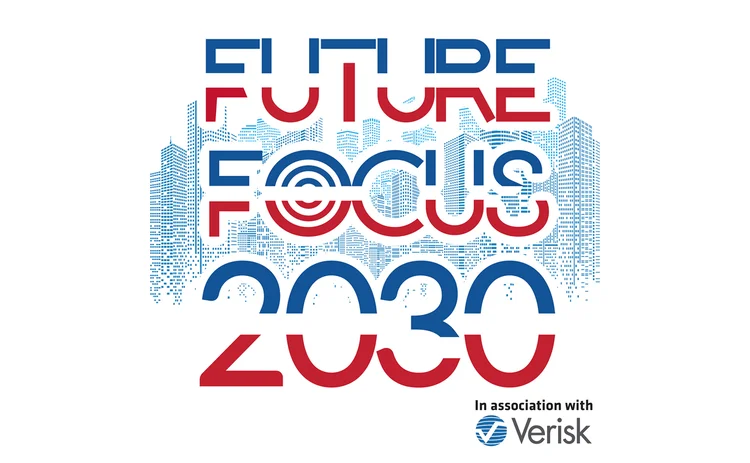
This article was paid for by a contributing third party.

Future Focus 2030: The future of personal injury podcast - the pathway to reform

It was considered in the main a success as the extra time allowed all sides to reach agreements on areas that had been seen as stumbling blocks like the inclusion of ADR. This was in part helped by the co-operation that begun during the pandemic including the personal injury protocol spearheaded by Thompsons Solicitors and the Association of British Insurers. The extra time also meant the portal was fitter for purpose than some sceptics expected.
‘Lay legal advisers’ - in the form of so-called ‘McKenzie Friends’ - did not have as large as unintended consequence as some feared, but did prove a distraction until the Ministry of Justice followed Scotland’s lead by introducing a ban on remuneration for them.
Another hangover from Covid-19 was that it sped up the use of remote trials/dispute resolution for personal injury claims, including the use of mediated joint settlement meetings before going to court. Although there remains concerns among some that they do not get the same access to justice remotely as in person, this has waned over the last decade.
Automation has also become prevalent in the settling of low value personal injury claims with over half now settled this way; including an increasing number whereby a claimant receives funds within the hour after a consultation with a doctor in person or remotely.
As mentioned in the first hypothesis and article [Motor] the increase in vehicle automation has seen a decrease in the number of personal injury claims related to motor. But claims farming companies – although reduced in number – have seen a new rich vain in claims farming involving people working from home injuring themselves and bringing claims against their employers. There has also been a rise in claims from accidents involving mobility-as-a-service vehicles such as e-scooters. With the uptick in pedal bike usage post Covid-19 third party insurance is now compulsory for cyclists too.
When a vehicle does have an accident, e-notification of loss means policyholders don’t have to notify their insurer as the vehicles does it for them. In many cases claims are settled through a hub whereby reciprocal agreements between insurers mean swifter payments for the insured. These includes using apps to analyse the damage and ascertain liability almost immediately at the site of some accidents after a swift information exchange between the relevant carriers.
The market is due another review of the discount rate in early 2030 with the last review in 2025. After some exploration the government rejected the possibility of a dual-rate five years ago, which would mean having a lower rate in the short term and a higher rate in the long term to safeguard vulnerable claimants, although the Lord Chancellor said this remained open to further discussion at the next review. The discount rate is presently at 0%.
Based on this hypothesis, Post content director Jonathan Swift sat down with Mark Hewitt, director, and Mark Strang, senior business developer at Verisk, to discuss the possible path between now and the 2030 outlined in the associated article.
This includes the importance of the whiplash reforms, the growth in remote hearings, the increase in automation, the benefits of insurers being immediately notified electronically that a vehicle has been involved in an accident, and the evolving role of CMCs.
Sponsored
Copyright Infopro Digital Limited. All rights reserved.
You may share this content using our article tools. Printing this content is for the sole use of the Authorised User (named subscriber), as outlined in our terms and conditions - https://www.infopro-insight.com/terms-conditions/insight-subscriptions/
If you would like to purchase additional rights please email info@postonline.co.uk
Copyright Infopro Digital Limited. All rights reserved.
You may share this content using our article tools. Copying this content is for the sole use of the Authorised User (named subscriber), as outlined in our terms and conditions - https://www.infopro-insight.com/terms-conditions/insight-subscriptions/
If you would like to purchase additional rights please email info@postonline.co.uk
